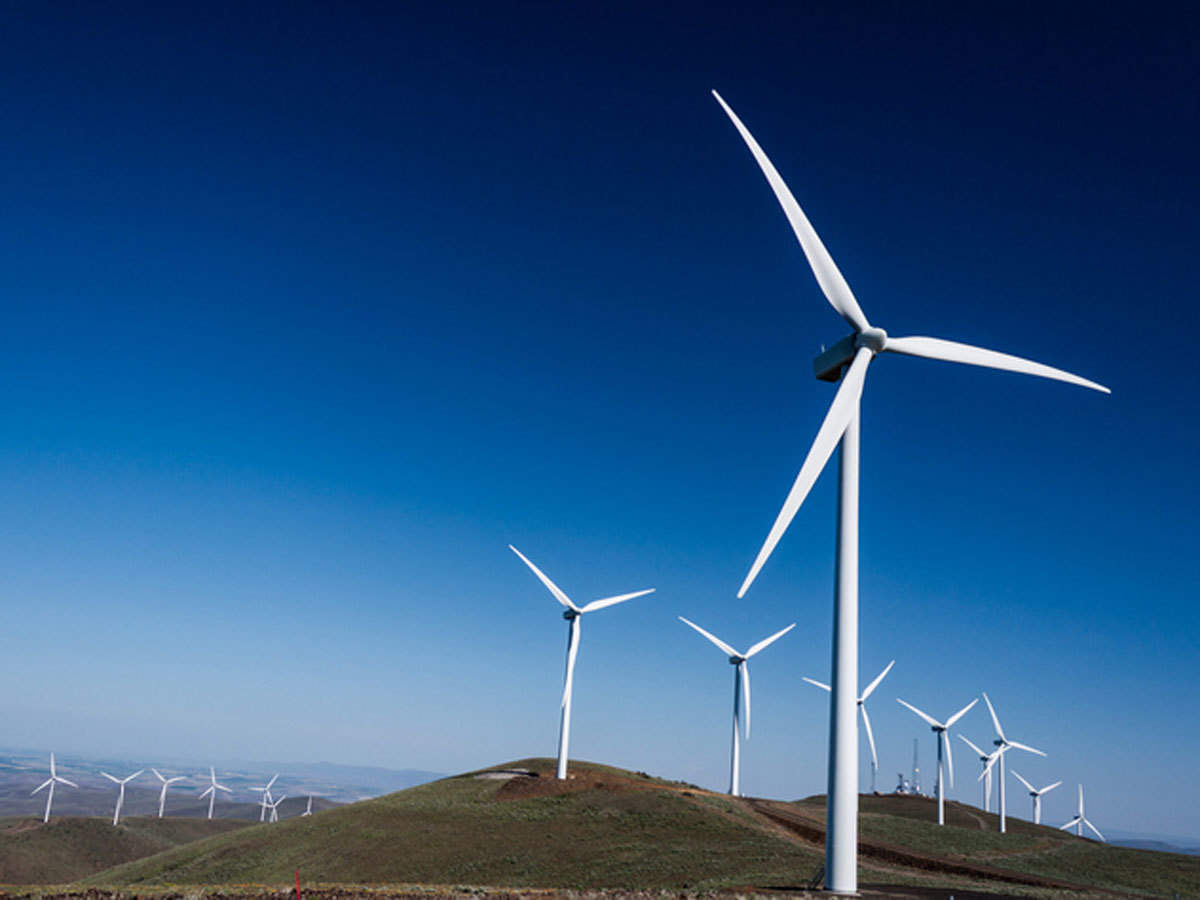The New Jersey Board of Public Utilities (NJBPU) is continuing its collaboration with regional grid operator PJM Interconnection for State Agreement Approach 2.0 (SAA), aimed at advancing offshore wind transmission, it was announced on Monday.
PJM has filed the SAA 2.0 study agreement with the Federal Energy Regulatory Commission (FERC), which allows New Jersey to initiate a PJM study to assess transmission options that could help its expanded offshore wind goals. In 2021, New Jersey’s offshore wind target was increased from 7.5 GW by 2035 to 11 GW by 2040.
“We believe that a coordinated and planned approach could result in more efficient and cost-effective transmission solutions; significantly reducing the risks of permitting and construction delays and protecting ratepayers with cost containment options,” said NJBPU President Guhl-Sadovy.
The SAA mechanism enables a state or group of states to sponsor a project to meet its state public policy requirements. In 2022, New Jersey used for the first time the State Agreement Approach to support the interconnection of offshore wind. Via SAA 1.0 a transmission solution for 7.5 GW of offshore wind was awarded.
The SAA 2.0 study agreement will consider the interconnection of another 3.5 GW of offshore wind energy to reach the goal of 11 GW by 2040, NJBPU said.

